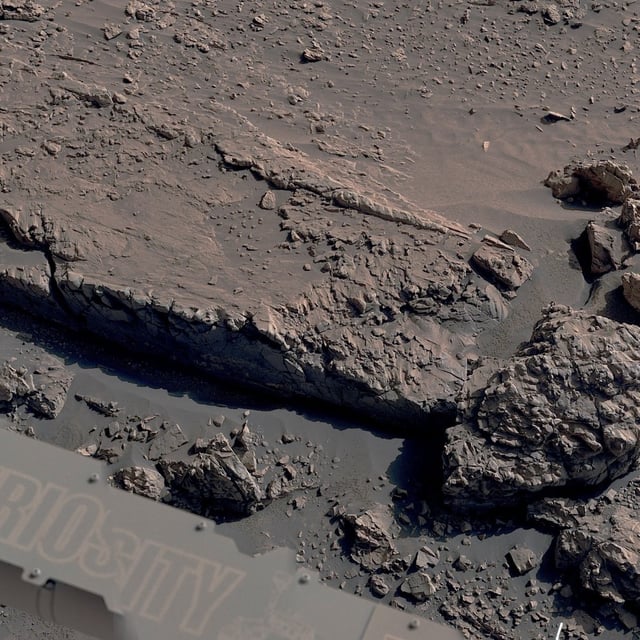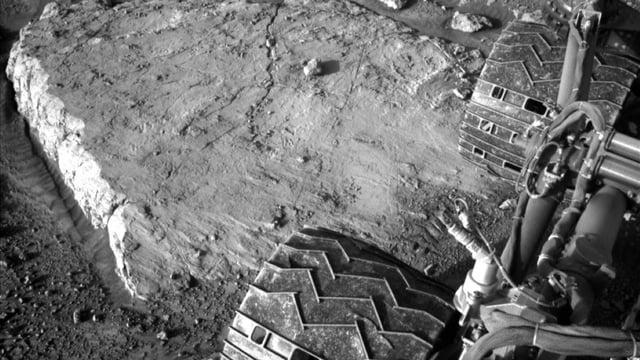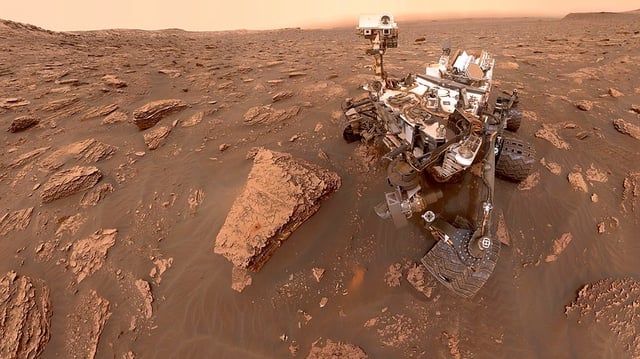Overview
- Curiosity captured close-up images of boxwork ridges spanning miles of Mount Sharp, providing direct evidence of ancient groundwater activity
- NASA scientists say the spiderweb-like formations formed when mineral-rich water seeped through bedrock cracks and left behind hardened mineral deposits
- Unexpected veins of calcium sulfate within the boxwork patterns reveal that subsurface water persisted later in Mars’s history than previously thought
- The rover is currently drilling a sample nicknamed Altadena and examining magnesium sulfate–rich layers to map the planet’s shift from wetter to drier conditions
- Ongoing drilling and in-depth chemical analyses will clarify the ridges’ mineral composition and shed light on Mars’s potential for past microbial habitability



